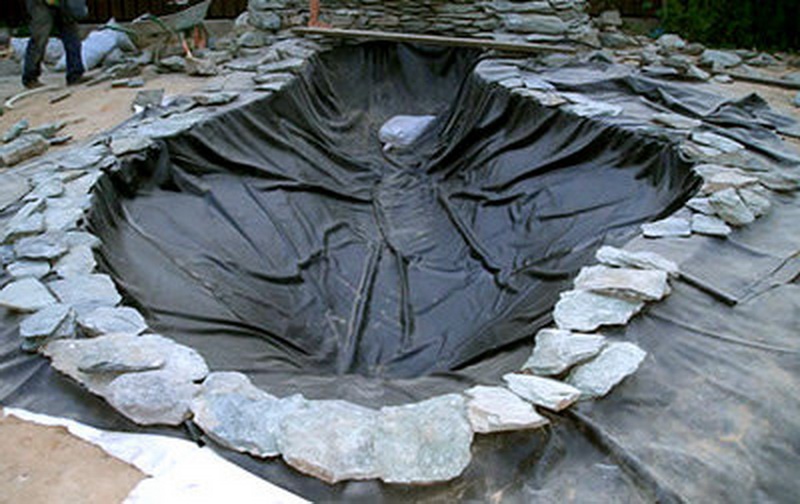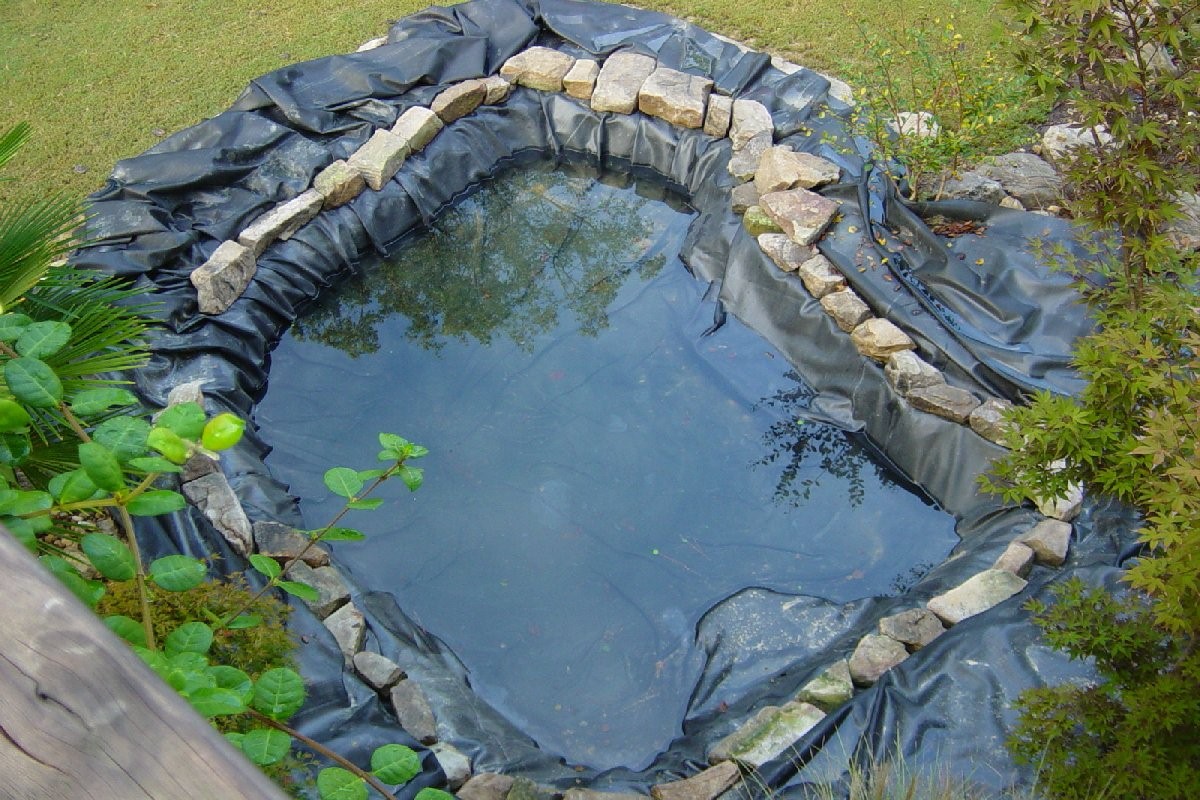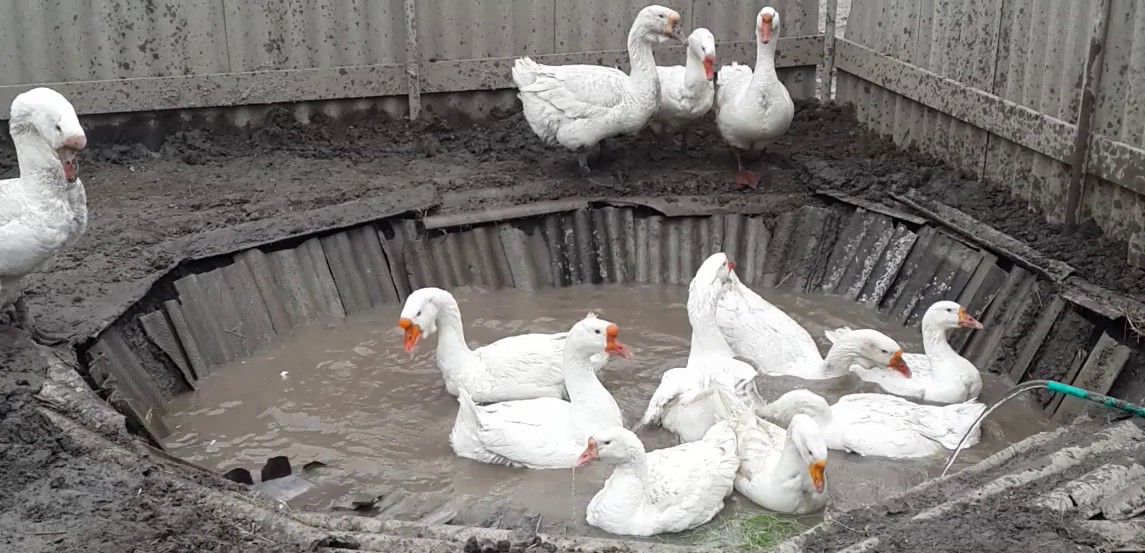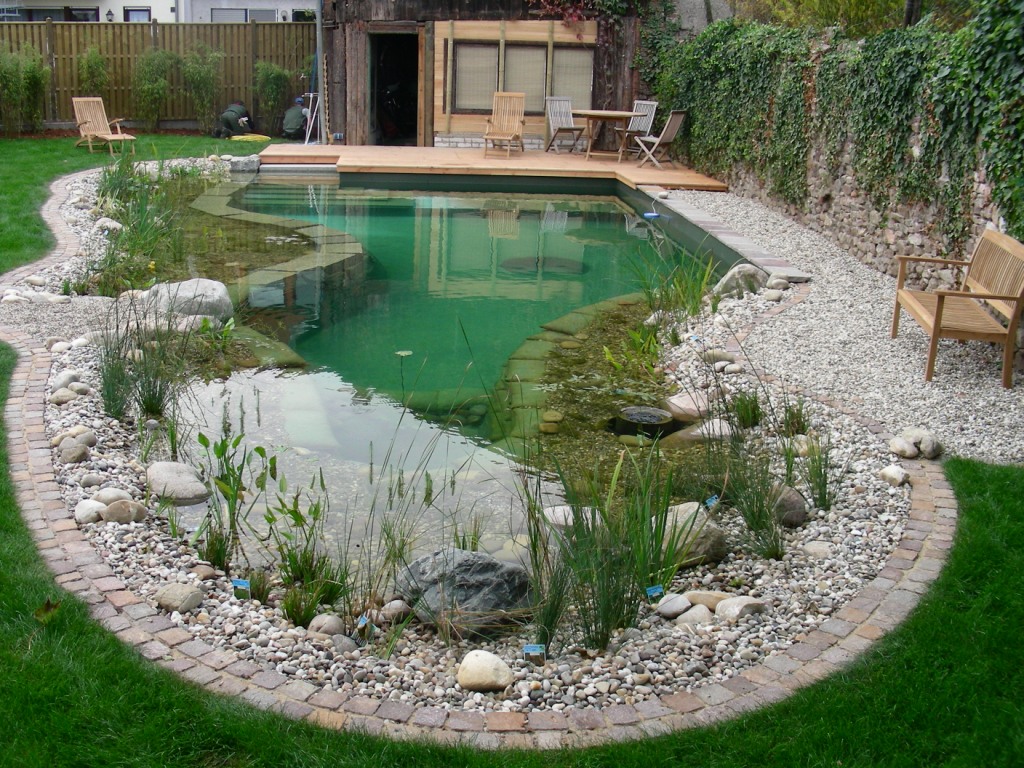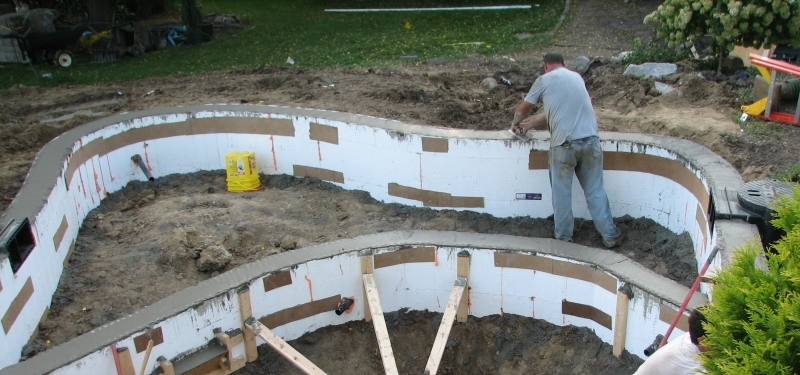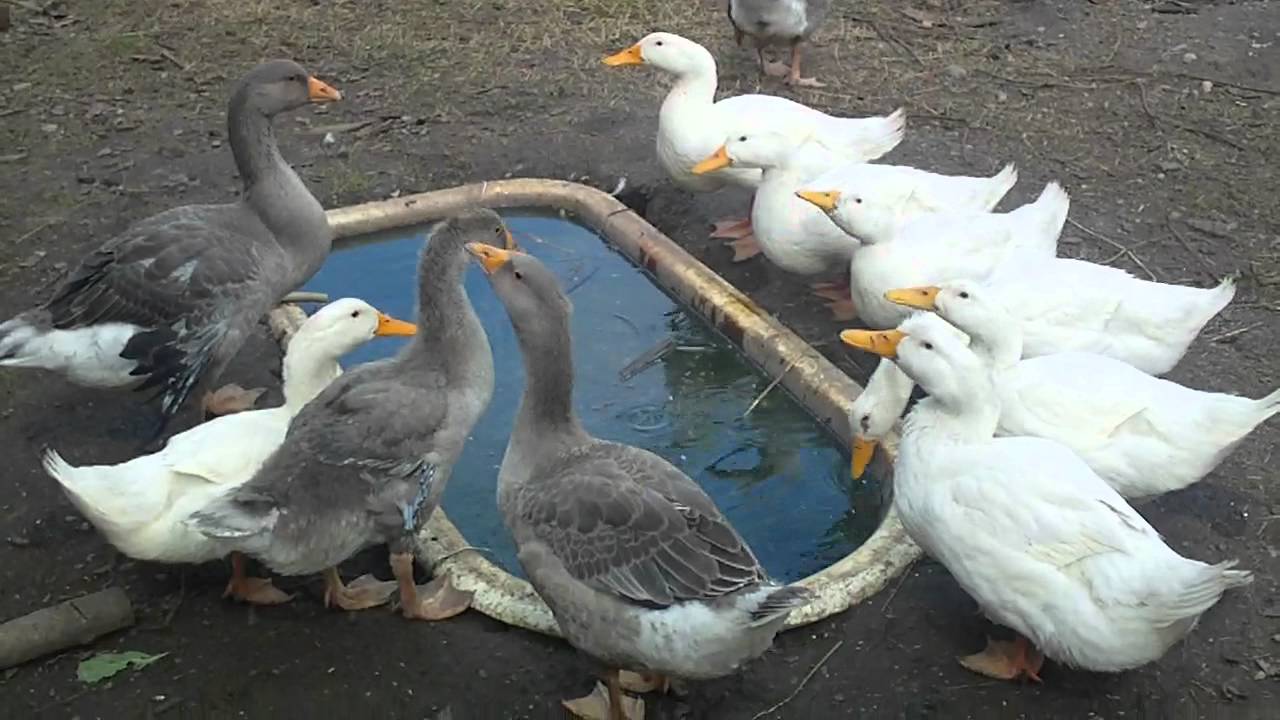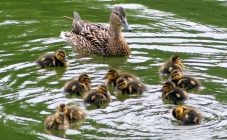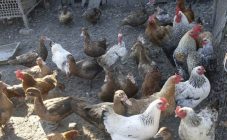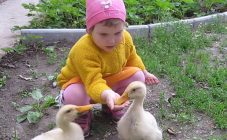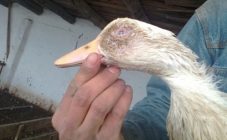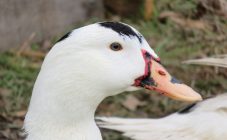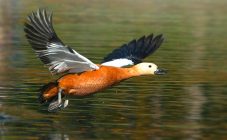Content:
Geese and ducks love to swim, but they can live well without a natural reservoir. The presence of a purpose-built small pond can have a very good effect on the overall health of the birds.
Necessity
The reservoir will significantly reduce the daily feed costs, since these birds feed on duckweed, small fish, and water beetles. Duck eating protein can help save on expensive supplements. There is also no need for drinkers. How to make a do-it-yourself duck pool? You can find out about this in this article.
Waterfowl grow faster and have much stronger immunity if there is a pool for water treatments. Naturally, you can completely do without a reservoir - just put a trough with water in the yard. However, making a small pond for ducks with your own hands is not so difficult, and the costs are actually very small.
If waterfowl have at their disposal even a small pond, this will affect their development and quality of meat. If a duck grows without a reservoir, then its meat will be covered with a thick layer of fat, which will affect its taste.
Water is an excellent preventive measure against all kinds of parasites living in the plumage of birds (downy eaters). In hot weather, birds will cool off by swimming in the water.
A do-it-yourself pond for geese is a completely doable task that even a novice farmer can do. The main thing is to choose a suitable place for the bath; it should be with gentle slopes (for the convenience of birds).
How to make a reservoir
For geese and ducks at home, you can make a picturesque reservoir.
Small goose pond
A pond for geese is dug out by hand. For a goose with a brood or ducks with a drake and their offspring, a small pool with a depth of up to half a meter is suitable. A shallow body of water warms up faster, then any little gosling or duckling can splash in it.
The pond should have at least one gentle slope for easy access of livestock to water.
It is possible to keep water in the pit by covering its bottom with a thick layer of clay. Then the clay is rammed and covered with sand.
The next way to retain water is using a waterproofing material. The bottom of the pit is covered with two layers of dense polyethylene film or geomembrane (a fairly strong material, but it costs more than PVC film).
The edges of the film on the bank are fixed with stones. The film is sprinkled with earth so that the birds do not break it with their paws.
Now you can fill the reservoir with water. You need to add water to the pond daily.
From time to time, you can add duckweed to the water, the birds eat it with pleasure and get their dose of green food.
Plain Slate Bird Pond
Having decided on the place, the site is marked. It is more convenient to make such a reservoir of rectangular or square shape.
Work progress:
- With the help of stakes and a stretched cord, they outline the contour of the future pond.
- Then the top layer of soil is removed in the marked area. The depth of the pit is equal to the width of the slate. It is advisable to immediately take the land out as far as possible from the pond, otherwise the birds will spread it throughout the site even before construction is over. A drainage pit of equal volume is being dug nearby.
- A trench is dug between the pits, a drain pipe lies (with a slope) in it.
- Using a level, the bottom of the bath is leveled.
- Then the slate sheets are leaned against the side surfaces of the pit and fixed with metal rods, pipe cuttings or corners (by driving them into the ground). Anchoring the walls will keep the size of the pond. Otherwise, the birds, with their water procedures, will quickly spread its shores in breadth, as a result of which it grinds.
- In the final part of the construction, the upper edges of the pond are strengthened and (if desired) decorated.
Do not forget about the ways of approaching the reservoir. You can lay a path from brick scrap.
Waterfowl pond
Building a large body of water with your own hands is already much more difficult physically and financially.
For such a structure you will need:
- Choose a place.
- Plan (drawing).
- Arrange the drain system in accordance with all standards.
- Carry out a large amount of land work (most likely, you will have to hire special equipment).
- To cover the bottom and walls of the pool with concrete, use a concrete mixer or buy ready-made concrete.
Step by step guide:
- A pit of the required volume, a trench for the drain pipe and a drain pit (with a capacity equal to the volume of the future pool) are dug.
- The bottom is laid out with stones and reinforcement.
- The drain pipe is fixed.
- The base of the pool is filled with cement mortar.
- After the bottom is completely dry, they begin to fill the walls (using formwork).
- When the concrete sets and dries, it is primed with a special mortar to extend its service life.
- The sides of the reservoir are fixed so that the birds do not damage them.
Useful Tips
So that the water does not evaporate quickly, when choosing a place for a bath, you should give preference to the most shaded area. It is convenient to place a pond on the edge of the site, otherwise the birds, after their water activities, will spread dirt throughout the courtyard.
If there is a natural depression, then it is advisable to organize a reservoir in this place.
It is undesirable for leaves from plantations (bushes and trees) to fall into the water, since in the process of decay, various pathogens will develop on them. Geese and ducks quickly pollute the reservoir. If you do not replace dirty water with clean water in a timely manner, it will deteriorate and bloom. Then the lake will quickly turn into a swamp. Therefore, you first need to provide a drain and a systematic supply of water.
Water is poured into the bathhouse using a hose from a water supply system or pumped with a pump from the nearest water sources (well, natural reservoirs).
For the winter, the water must be drained, and the pit must be cleaned of silt and various debris.
Recommendations for novice farmers:
- Ducks love to swim. If there is no reservoir nearby, then the original water park can be made from a tractor tire. It is cut in two and both are filled with water. The pool for ducks or geese is ready. You need to change the water daily, as the birds heavily pollute it.
When equipping a small bath, you can use a car tire instead of a pit, which must be covered with high-quality film. Cover the sticking out excess film with stones. Sprinkle with earth or sand, stomp more tightly, and you're done. Add water. Feathered pets enjoy swimming in such a lake.
- A duck pond can be made from a variety of handy tools. If you keep a few ducks, then the idea of using a regular old bathroom will pay off. The bathtub must be dug into the ground, if there is a desire, then you can equip a platform around such a duck mini-pool. Then there will be less dirt.
The more birds, the more such mini-baths you need to put on the site. Or equip large reservoirs. Knowing how you can make a reservoir for ducks and geese at home, you can safely start working.

